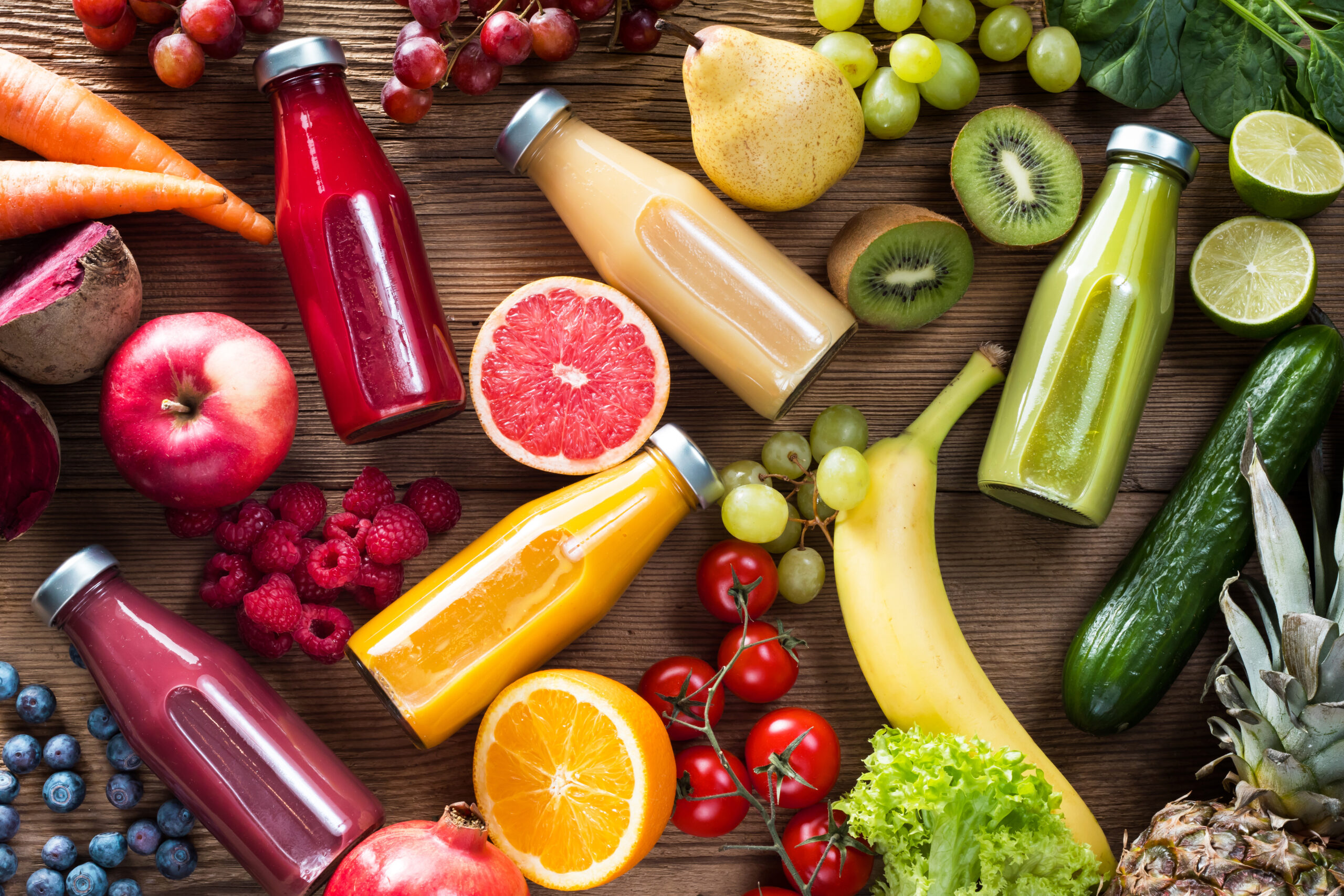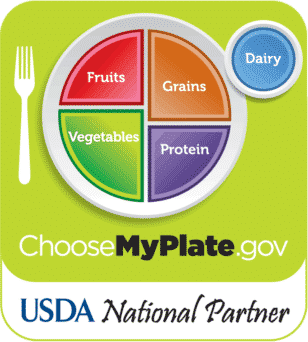WASHINGTON, DC (January 7, 2016) – The 2015-2020 Dietary Guidelines for Americans released today by the U.S. Departments of Agriculture and of Health and Human Services recommend that beverages contributing beneficial nutrients, such as 100% juice, should be among the primary beverages consumed by Americans. The Dietary Guidelines, based on the Scientific Report of the 2015 Dietary Guidelines Advisory Committee, is designed to provide guidance to help individuals and families consume a healthy, nutritionally adequate diet.
Recognized as nutritionally similar to whole fruit, 100% fruit juice has been retained as part of the Dietary Guidelines fruit group category . The report recognizes one cup of 100% fruit juice as equivalent to one cup of fruit in a healthy eating pattern. Overall, the guidelines emphasize healthy eating patterns that include nutrient-dense foods such as whole fruit and fruit juice, rather than focusing on individual nutrients. Three healthy eating patterns are recognized in the report: the Healthy US-Style Eating Pattern, the Healthy Mediterranean-Style Eating Pattern and the Healthy Vegetarian Eating Pattern, each of which include from 2 to 2.5 cup-equivalents of fruit daily in a 2,000-calorie per day diet. The Dietary Guidelines for Americans states that up to half the daily fruit intake may come from 100% juice.
“Intake patterns show that the U.S. population currently consumes one-third of fruit in the form of fruit juice with the remaining two-thirds as whole fruit, yet according to the Dietary Guidelines report, three-fourths of Americans still don’t consume the recommended amount of fruits and vegetables,” said Diane Welland, a registered dietitian with the Juice Products Association. “One hundred percent juice is a simple way to get more fruit into the American diet.”
The 2015 Dietary Guidelines for Americans and the American Academy of Pediatrics (AAP) concur that 4 to 6 ounces of 100% fruit juice per day is appropriate for young children. For children age 7 and older, the AAP recommends a daily serving of 8 to 12 ounces per day. While the data show that among children ages one to three, a higher percentage of their fruit intake comes from fruit juice, average intakes for young children still fall within the parameters recommended by the AAP.
Juice is a viable source of several nutrients that the Guidelines report found to be generally under consumed, including potassium, magnesium and vitamins A and C. The need for Americans to make a dietary shift which includes healthy food and beverage choices that are nutrient-dense, and to increase fruit and vegetables consumption, is emphasized throughout the 2015-2020 Dietary Guidelines. Consuming 100% juice is an easy way to boost fruit and vegetable intake, and the Guidelines report confirms that 100% juice has an essential place in a healthy eating pattern.
For additional nutritional information about 100% juice and the latest research on juice visit www.juicecentral.org, an online resource provided by the Juice Products Association.






